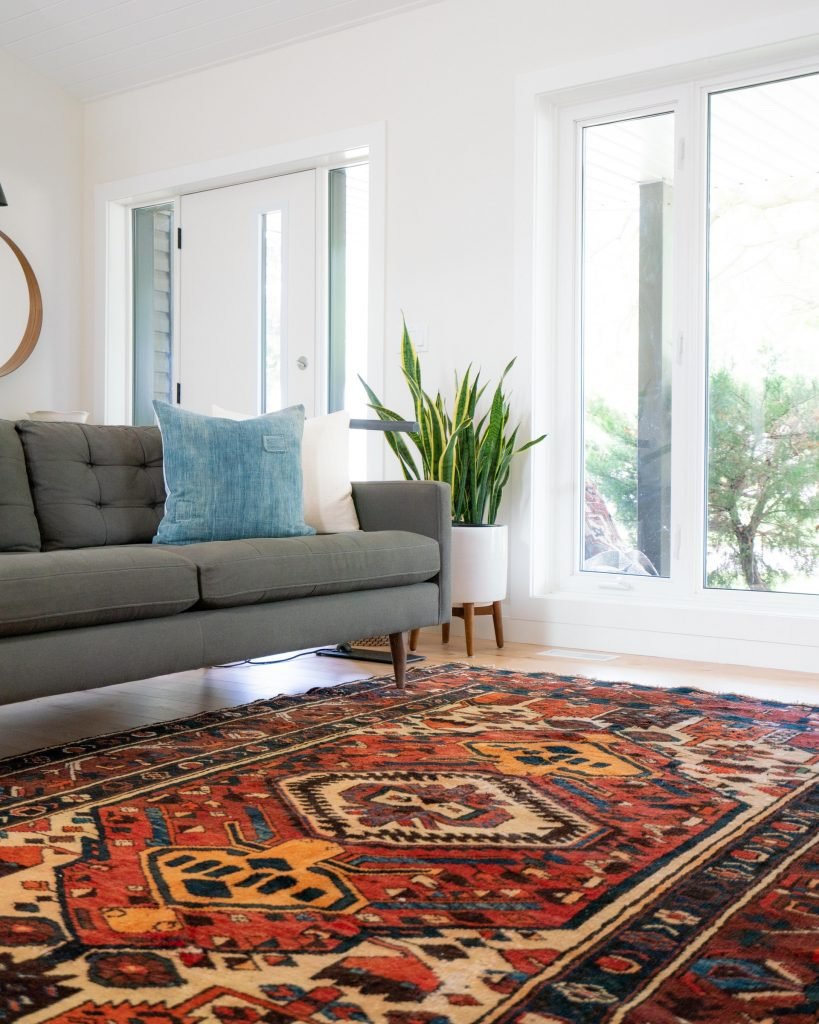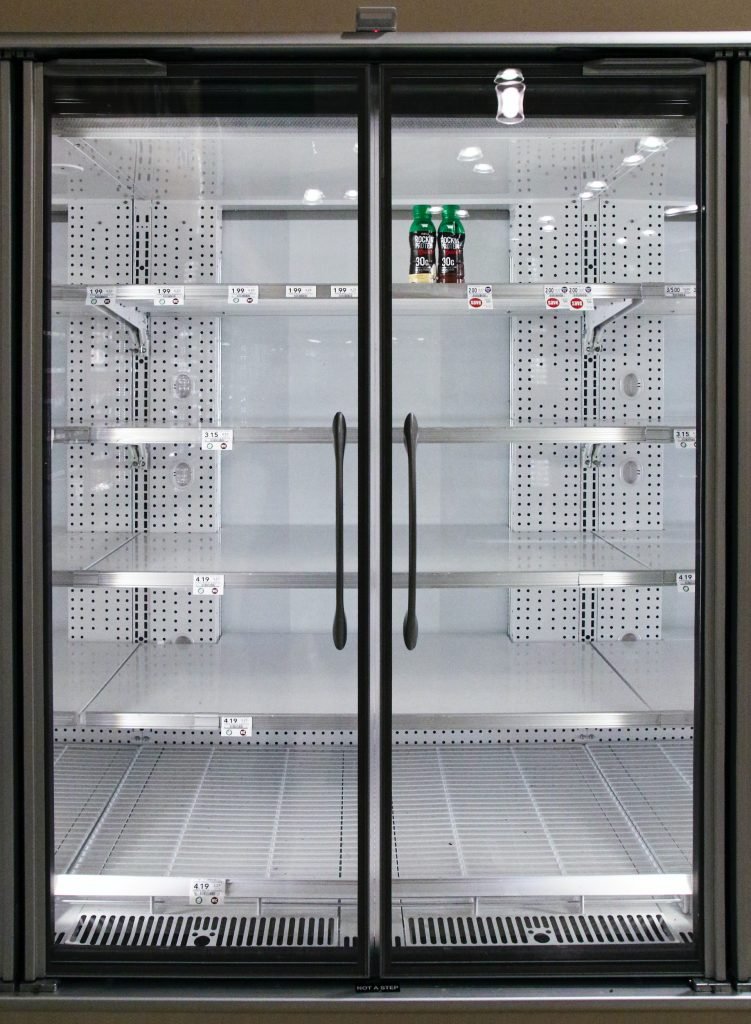Polyurethane is commonly used for a wide variety of applications. They can be molded into different shapes and be used to improve consumer and industrial products. If you are searching for information about polyurethane foam, you came to the right place. Here at LCR Services, we will be sharing an article discussing the different applications for polyurethane foams. If you are interested and you want to know more information, we encourage you to keep reading below to find out.
What is Polyurethane?
Polyurethane foam is a synthetic polymer with urethane radicals. It is commonly used for insulating and protecting materials from external factors that can cause corrosion. Polyurethane belongs to a family of polymers. It is very versatile, as it can be solid or have an open cellular structure, which is also known as foam. Foams can either be flexible or rigid.
The Two Types of Polyurethane Foam are Flexible and Rigid
Flexible polyurethane foam is commonly used for packaging, padding, and other commercial purposes. Rigid polyurethane foam is used for insulation.
Flexible Polyurethane Foam
It is used for cushioning of commercial products such as bedding, car interiors as car seats, carpet underlay, furniture, and packaging. Because it is flexible, it can be formed into different shapes and firmness. It is comfortable, durable, light, and supportive. Because of this, It is used for the assembly of doors and windows, sound and heat insulations, waterproof barriers, and insulation against fire and flames. It reacts with the moisture in the air and expands after it is applied in a specific area. It bonds to the surfaces when applied because it has high adhesion properties.
Rigid Polyurethane Foam
It is commonly used for energy-efficient and flexible insulations. It can help lower electricity bills while making homes and commercial properties energy-efficient and comfortable to use. Construction companies use rigid polyurethane foam to preserve uniform temperature and reduce noise levels in residential and commercial properties. This type of polyurethane foam is useful in the thermal insulation of the roof, walls, doors, windows, and can also be used as air barrier sealants for different structures.
Polyurethane foam and its properties
Polyurethane is made from two raw materials: isocyanate and polyol. Both products were derivatives of crude oil. The two materials are mixed with different materials such as catalysts, foaming agents, and stabilizers, which will then result in a chemical reaction.
Polyurethane has been used for several years and it started with technology producing rigid polyurethane foam, then flexible polyurethane foam, and finally, semi-rigid polyurethane foam.
What are the properties of Polyurethane foam?
It is resistant to low and high temperatures. It has excellent thermal insulation and conductivity properties. It is resistant to heavy loads, mold, and fungi which makes it an excellent material choice for construction and remodeling. Construction companies use it for thermal and acoustic insulation, while flexible polyurethane foam is used for fitting and sealing.
Polyurethane foam is used on vertical and horizontal surfaces and has a porous structure. Porous materials have hollow cavities. It has a short treatment time and needs curing, but it will keep its chemical neutrality after the curing process. Polyurethane has relative flammability and low resistance to UV rays.
Open-cell foams
Polyurethane foam has two basic types. Open-cell and closed-cell foams. Open-cell foams are used indoors. It is used for the insulation of walls and roofs. Its properties allow it to improve the acoustic comfort of a room. It is effective for noise reduction. Since open cell foam is vapor permeable, the surface covered with foam allows air to pass through. When sprayed on a surface, it can be applied on the membrane or boarding.
Closed-cell foam
It is used for the insulation of foundation walls, ceilings, roofs, and floors. It is also used for agricultural, commercial, and industrial buildings. For instance, closed-cell foam is used for the insulation of cold stores, livestock buildings, production floors, and warehouses.
What are the different applications for polyurethane?
Apparel
Polyurethane foam can be made into fine threads. When combined with other materials such as nylon, it produces lightweight and elastic garments. Polyurethanes have constantly improved over the years thanks to ever-improving technology. It has been developed into polyurethane coatings, spandex fibers, and thermoplastic elastomers. Through different manufacturing techniques, a lot of companies are capable of producing a wide range of polyurethane apparel from synthetic garments, sports attire, and different accessories.

Appliances
Polyurethane plays an important part in different appliances that everyone uses in their daily lives. An example is rigid polyurethane foam. It is used in refrigerators and freezers for thermal insulation. It is a cost-effective material for meeting the acceptable energy ratings required for commercial and consumer refrigerators and freezers. Rigid polyurethane foam has good thermal insulating properties through the combination of the fine and closed-cell foam structure that prevents heat transfer.
Automotive
Polyurethane is widely used in automobiles. It is used for car seats, bumpers, interior ceilings, car bodies, doors, windows, and spoilers. It has been effective in providing better “mileage” as it helps reduce weight and improve the car’s fuel economy. This material has been found to provide comfort, corrosion resistance, insulation, and reduce external noise.

Construction
Polyurethane has been used for the construction of buildings and other structures because it is durable, strong, and lightweight but performs well. It is also easy to install and flexible. It has great insulation properties and it is cost-efficient and provides comfort for the homeowners.
Polyurethane is used in the interior and exterior parts of the house. It can be used as foam padding for the carpet. When used in roofing, it can prevent the entry of sunlight and heat. It helps reduce energy consumption while keeping the house cool. Polyurethane is used as a building material that allows design flexibility to commercial and residential properties. Foam-core panels have different colors and styles for walls and roofs while foam-core doors and garage doors come in different styles and finishes. Polyurethane-based binders are used to attach organic materials such as composite wood products.
Electronics
Non-foam polyurethanes are also known as potting compounds. It is commonly used in electronics to seal and insulate the different electronic components, underwater cables, and circuit boards. Polyurethane potting compounds were designed by manufacturers to meet the different ranges for electrical, physical, and thermal properties. Through their improved properties, they can protect the different components of electronics such as providing dielectric and adhesive properties, water, and temperature resistance.
Flooring
Polyurethane foam has been used as a foam underlay or a coating for floors. The carpets we use in our homes are more durable, easy to maintain, and look appealing because of the polyurethane foam. Flexible polyurethane foam is used as an underlay of carpets for home or commercial use. It can help improve the lifespan of the carpet, protect its design and color from fading, provide comfort and support, and decrease noise levels. Polyurethane can be used as a coating for floors whether wood or cement. It is resistant to wear and tear, and easy to maintain. If your new floors are made of cement or wood, you can add a polyurethane finish to protect them, and if you have old floors, it can help improve their appearance.

Furnishings
Flexible polyurethane foam is used in home furnishings like in bedding, carpet underlay, and cushion for different furniture. When flexible polyurethane foam is used as a cushioning material for upholstered furniture, it can provide comfort and support and it is durable and lasts longer.
Marine transport
Polyurethane has played an important role in improving the marine transport industry. Polyurethane epoxy resins are used to seal boat hulls to protect them from water, corrosion, weather, and the harsh elements that are often present in the sea. Boats nowadays use flexible polyurethane foam, while rigid polyurethane foam is used to insulate boats from extreme temperatures, prevent wear and tear, and improve load-bearing capacity, while providing minimal weight so it won’t be too heavy. Thermoplastic polyurethane is used in the maritime industry. It is flexible and can protect wire and cable coatings, engine tubing, hydraulic hoses, seals, molding of ships, and drive belts.
Medical
Polyurethane is widely used in different medical applications such as catheters, tubing, bedding, surgical drapes, wound dressings, and other medical devices. It can be used as short-term implants. It is a cost-effective, durable, and sturdy material that helps the medical industry.
Packaging
Polyurethane foam is used for packaging different products as it helps cushion and protects items that are meant for transport. This type of polyurethane foam is used to secure and protect electronic, medical equipment, glassware, and automotive and industrial parts.

If you need polyurethane foam, you can check out LCR Services. We offer low density, high resilient comfort, and fire retardant foams. We also offer different high-volume cut and sew products. If you have questions about our products and services you can contact us by filling up this contact form here.
If you are based in Phoenix, Arizona, LCR Services is worth checking out. Our company is minority-owned and we can manufacture high-volume cut and sew products. If you want to hire us for our services, you can reach us by calling us at 602 200 4277 or you can send an email at sennsour@lcrsvcs.com. We also allow our clients to customize their orders. What are you waiting for? Make sure to choose a reputable company like LCR Services for all your high-volume cut and sew products’ needs!
